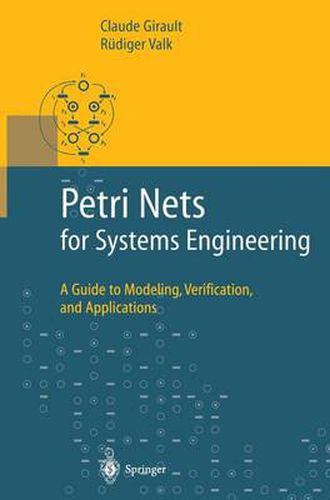Readings Newsletter
Become a Readings Member to make your shopping experience even easier.
Sign in or sign up for free!
You’re not far away from qualifying for FREE standard shipping within Australia
You’ve qualified for FREE standard shipping within Australia
The cart is loading…






This title is printed to order. This book may have been self-published. If so, we cannot guarantee the quality of the content. In the main most books will have gone through the editing process however some may not. We therefore suggest that you be aware of this before ordering this book. If in doubt check either the author or publisher’s details as we are unable to accept any returns unless they are faulty. Please contact us if you have any questions.
Using formal methods for the specification and verification of hardware and software systems is becoming increasingly important as systems increase in size and complexity. The aim of the book is to illustrate progress in formal methods based on Petri net formalisms. It presents both practical and theoretical foundations for the use of Petri nets in complex system engineering tasks. In doing so it bridges the gap between Petri nets and the systems modeling and implementation process. It contains a collection of examples arising from different fields, such as flexible manufacturing, telecommunication and workflow management systems.
$9.00 standard shipping within Australia
FREE standard shipping within Australia for orders over $100.00
Express & International shipping calculated at checkout
This title is printed to order. This book may have been self-published. If so, we cannot guarantee the quality of the content. In the main most books will have gone through the editing process however some may not. We therefore suggest that you be aware of this before ordering this book. If in doubt check either the author or publisher’s details as we are unable to accept any returns unless they are faulty. Please contact us if you have any questions.
Using formal methods for the specification and verification of hardware and software systems is becoming increasingly important as systems increase in size and complexity. The aim of the book is to illustrate progress in formal methods based on Petri net formalisms. It presents both practical and theoretical foundations for the use of Petri nets in complex system engineering tasks. In doing so it bridges the gap between Petri nets and the systems modeling and implementation process. It contains a collection of examples arising from different fields, such as flexible manufacturing, telecommunication and workflow management systems.